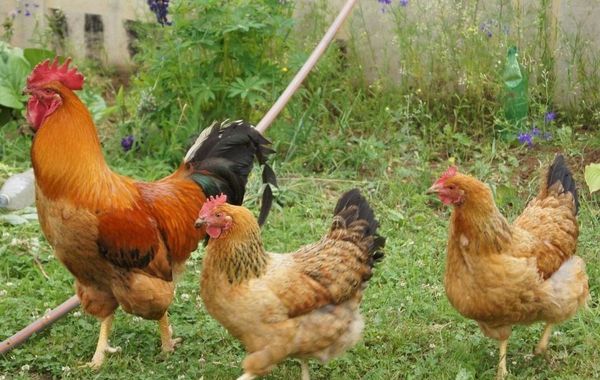Breed kuchinsky chickens jubilee - one of the most common around the world. These birds were bred in Russia and quickly gained popularity due to their high productivity. We give a description and features of this breed.
Table of contents
Breed Description, Differences Rooster from Chicken
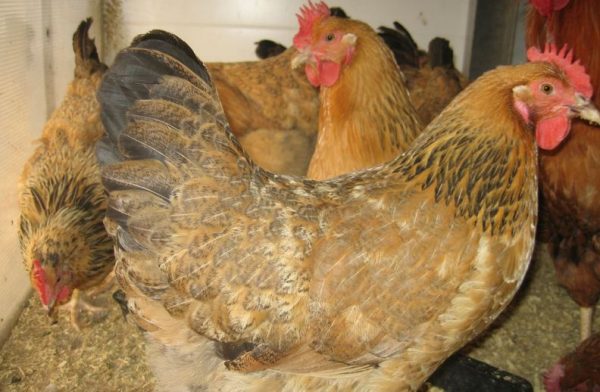 Kuchinsky chickens - stately and bright birds. They have a strong, even back, a broad and bulging chest. The beak is bent down, the neck is long and strong. It is very simple to distinguish cocks from hens: the crest of the cocks is leaf-shaped with five teeth, the rear ones being noticeably longer than the front ones, it is slightly smaller in the hens.
Kuchinsky chickens - stately and bright birds. They have a strong, even back, a broad and bulging chest. The beak is bent down, the neck is long and strong. It is very simple to distinguish cocks from hens: the crest of the cocks is leaf-shaped with five teeth, the rear ones being noticeably longer than the front ones, it is slightly smaller in the hens.
The nature of these birds is peace-loving, they are quickly tamed and get used to new people, but they often show aggression to foreign chickens.
Chickens adapt to living in a cage, but on private farms it is customary to keep them in poultry houses with a range. This breed can be found not only in private farms, but also in large poultry farms.
Performance characteristics of layers
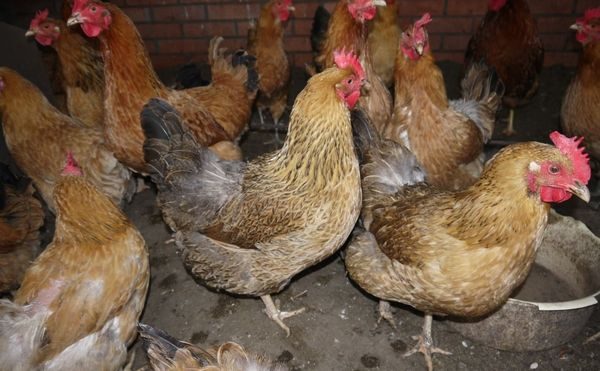 Kuchinsky commemorative chickens are related to meat and egg production. Representatives of this breed have the following quantitative characteristics:
Kuchinsky commemorative chickens are related to meat and egg production. Representatives of this breed have the following quantitative characteristics:
- weight of young stock (at the age of 10 weeks): roosters - 1.8-2 kg, chickens - 1.4-1.5 kg;
- adult weight: roosters - about 4 kg, hens - 2.8-3 kg;
- egg production - from 180 to 200 eggs (layers begin to be born at 6 months);
- the weight of one testicle is about 60 grams, brown shell;
- on 10 eggs spent about 2.4 kg of feed.
Breed species
Representatives of the breed Kuchinskaya jubilee have two varieties of color: bordered and double delineated.
Fringed
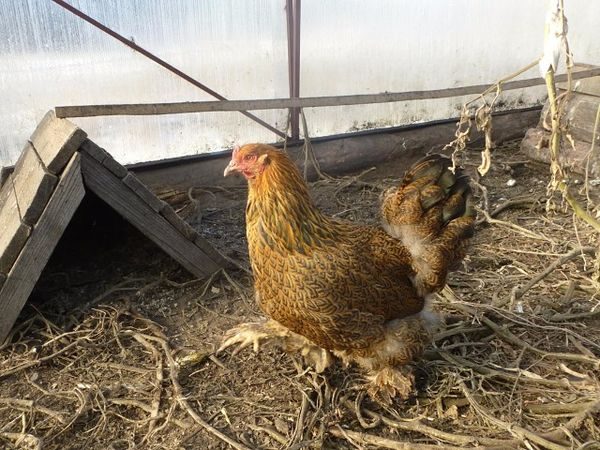 Distinctive feature of roosters - saturated golden-brown color of feathers of the head. Each feather has black stripes that form a black speck at the end.
Distinctive feature of roosters - saturated golden-brown color of feathers of the head. Each feather has black stripes that form a black speck at the end.
The collar is black, but to the back it turns into bright golden. The tail feathers are mostly black, but there are also brown. On the stomach, chest and wings visible black border.
Chickens have feathers on their heads that are lighter than those of cockerels. In general, the colors of males and females are similar, but the chickens are slightly lighter.
Double delineated
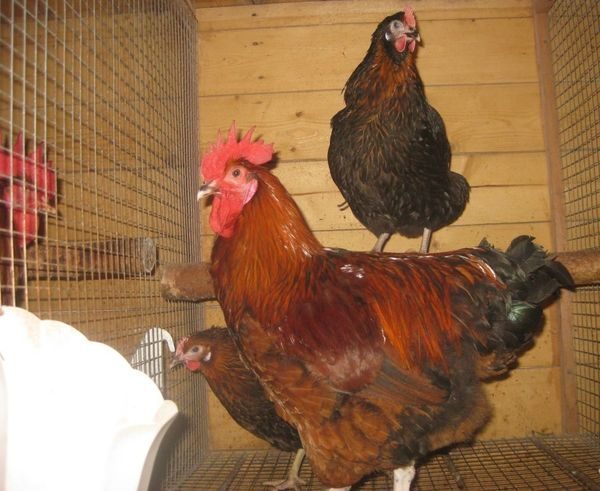 A distinctive feature of these roosters is a bright red head. The main color of the collar is black, but there are also red feathers with the same bright red stem.
A distinctive feature of these roosters is a bright red head. The main color of the collar is black, but there are also red feathers with the same bright red stem.
The tail is black with a greenish tint. It also has bright red covering feathers. The chest has a black color, but on each feather there is a small speck of red color. Feathers on the belly - gray.
The hens have a light red head. Feathers on the whole body have two edging, which creates the effect of black spraying. The collar is black-red (you can see bright red rods on each feather).
Features breeding and cultivation
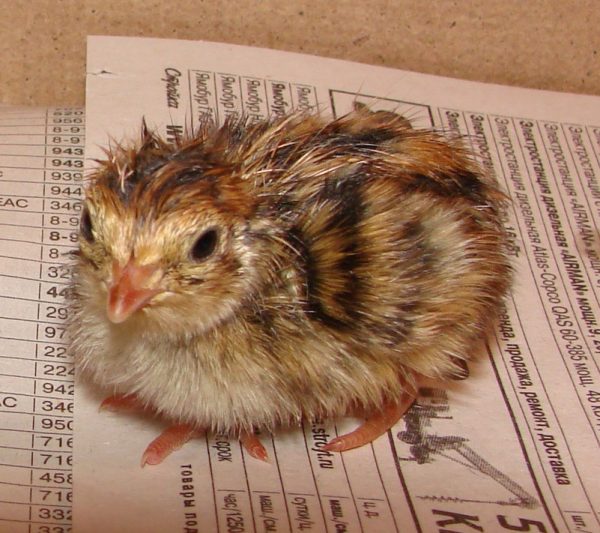 Only the brightest representatives of the breed participate in breeding. Chickens kept in a dry room on a litter or net.
Only the brightest representatives of the breed participate in breeding. Chickens kept in a dry room on a litter or net.
It supports the following temperature regimes:
- Week 1 – 25aboutC indoors, 34aboutWith under the lamp;
- 2 week — 23aboutC indoor, 32aboutWith under the lamp;
- 3 week — 21aboutC indoors, 29aboutWith under the lamp;
- 4 week – 19aboutC indoors, 25aboutWith under the lamp (by month we remove it completely).
Fledged chickens do not need additional heating, but the temperature in the room where they are kept should not fall below 18-19 degrees (in the first 1-2 months of life).
Eating chickens and adult birds
Kuchinsky birds breed unpretentious to the diet. They are fed with balanced feed, grain, and moist food. Chickens from the first days of life give a finely chopped boiled eggwhich roll in semolina.
As they grow, greens, boiled potatoes and carrots, various additives (bone meal, etc.), cottage cheese, and fish are introduced into the diet. At the age of 2-3 weeks, chickens begin to get acquainted with cereals and grains (they are ground at first).
Adult chickens are fed with mixtures of different types of grain or mixed fodder. In separate feeders should be mineral supplements and gravel.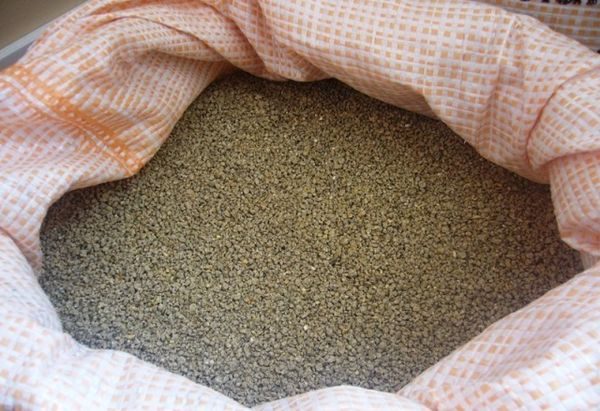
Once a day the hens are given a wet mash, but make sure that such food does not stand in the house for a long time, as it quickly sours. Chickens and chickens should have water around the clock (make sure that the troughs are not contaminated).
Common diseases and their treatment
Here is a list of diseases that develop when improperly fed birds:
- Avitaminosis, or deficiency of vitamins in the body of chickens. Negatively affects growth and productivity. Symptoms: delayed development, poor appetite, convulsions, conjunctivitis, digestive disorders. Treatment is simple - the inclusion in the diet of essential vitamins.
- Cannibalismor pecking chickens. Observed with a deficiency of protein in the diet. The treatment is feeding the birds with complete feed.
- Gastroenteritisor intestinal upset. The reason - feeding birds substandard products.In chickens, body temperature rises, appetite decreases, feces become greenish and liquid. Chickens are transferred to lightweight rations and given antibiotics.
The advantages and disadvantages of the breed
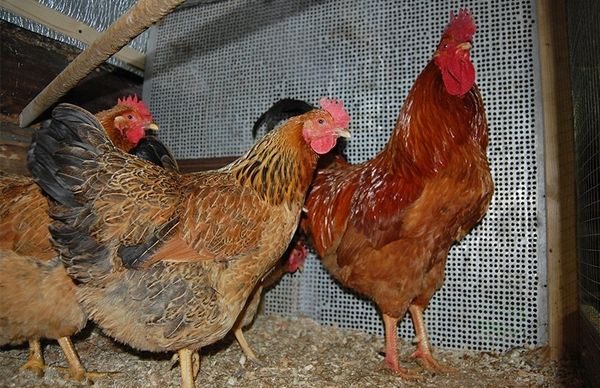 The positive aspects of Kuchinsky chickens include: unpretentiousness to the content, the possibility of growing in cages and walking, daily chickens differ by sex, excellent productive indicators (meat quality and egg production), large eggs, a high percentage of hatching of young animals.
The positive aspects of Kuchinsky chickens include: unpretentiousness to the content, the possibility of growing in cages and walking, daily chickens differ by sex, excellent productive indicators (meat quality and egg production), large eggs, a high percentage of hatching of young animals.
The disadvantages to the sides of the bird include: chickens aged 2 and older are prone to obesity, and egg production is noticeably reduced in chickens older than 2 years.
Reviews about the breed Kuchinskaya anniversary
Farmers in the reviews note that the Kuchinsky Jubilee hens are rather nervous and active. They have medium-sized eggs. When overfeeding chickens begin to rush worse, so you should monitor the amount of food being fed. 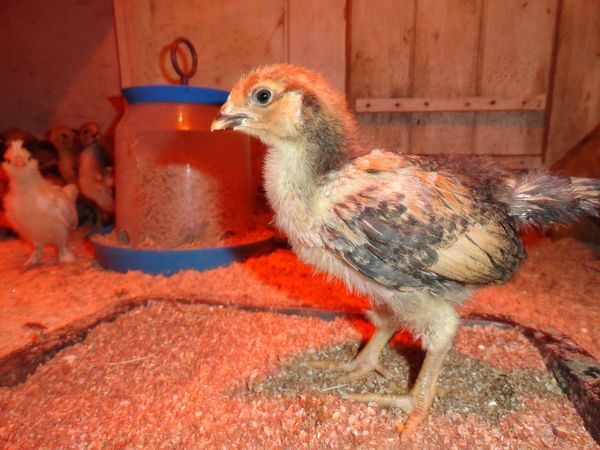 Many farmers like what these birds rush even at low temperatures (+ 3 ... + 5 degrees).
Many farmers like what these birds rush even at low temperatures (+ 3 ... + 5 degrees).
Kuchinsky anniversary chickens - a favorite breed of many poultry farmers. They are highly productive, fast-paced, and perfectly adaptable to any conditions.Be sure to follow the feeding regime, and then Kuchinsky chickens will not bring you much trouble.
